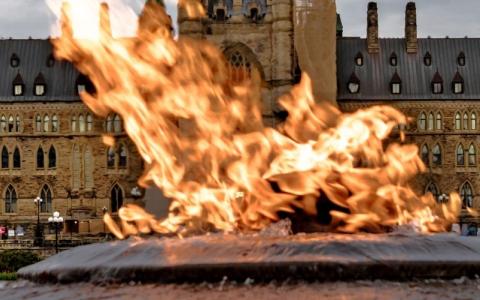
Sign up for our regular email for updates on ministry in Canada.
Despite years of promises, there’s still a gap: today, far fewer First Nations kids graduate from grade 12 than other kids in Canada because they aren't receiving the proper funding and support needed for a quality education.
If there’s anything we’ve learned from the Truth and Reconciliation Commission (TRC), it’s that it was wrong to take Indigenous children from their communities. Indigenous parents and communities should be supported as they educate their children.
Change is possible. We know that when Indigenous kids have the funding and culturally appropriate education that they need, they thrive!
There have been some big commitments made, and the federal government has promised to live into the Calls to Action of the TRC. But change has been slow, and we’re not where we should be. A generation of Indigenous kids are waiting for justice and equity and that’s not okay. Now is the time for follow-through on promises.
Together, we can speak up so that all kids in Canada get quality education. It’s only right!
The math is easy: A history of underfunding First Nations schools has meant less money for school libraries, extracurricular activities, retaining strong teachers, I.T., healthy school buildings, and more. And that’s translated into a graduation gap: in 2020-2 the Auditor General reported that the real grade 12 graduation rate for Indigenous students is 36.8%, compared to a national average around 90%.
Kids know what fairness looks like — and this isn’t fair.
Together. We know that education works best when the full community owns it, whether that’s through parent-run independent schools, homeschooling, or community support for public schools. The same goes for First Nations schools: When culture and language are celebrated in curriculum, and when communities and elders play a role in education, students thrive!
After hearing thousands of hours of testimony about how Canada got Indigenous education wrong in the residential school system, the Truth and Reconciliation Commission recommended 4 systemic changes to make things right.
This is what reconciliation looks like. . . but how are we doing so far? Here’s our ‘report card’ on TRC Calls to Action 7-10 on K-12 education, based on consultations with Indigenous leaders and educators and available data.
Grading scale: Excellent (A), Promising (B),Needs Improvement (C), Needs Major Improvement (D), No significant progress (F)








